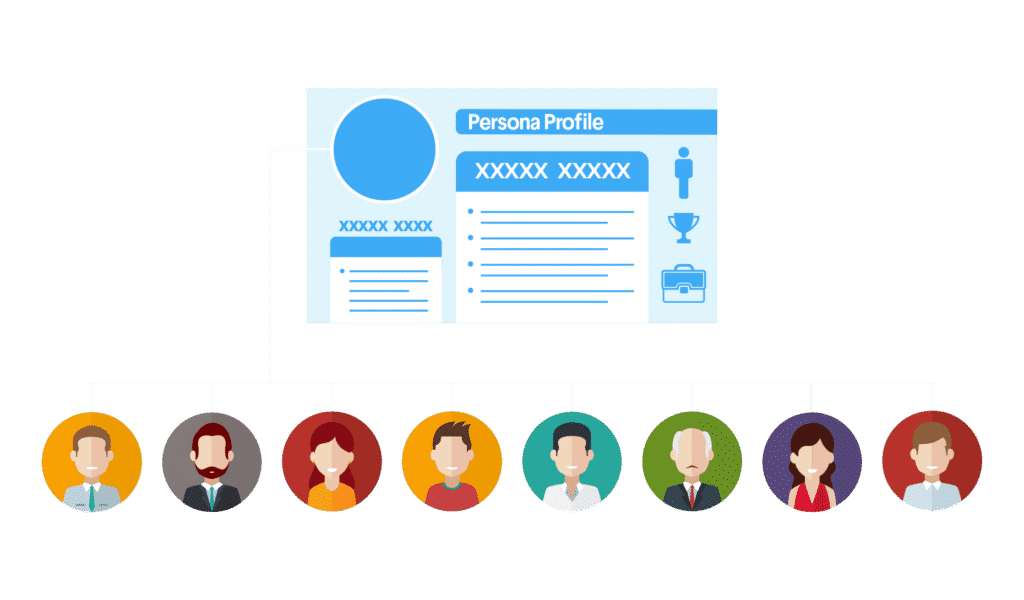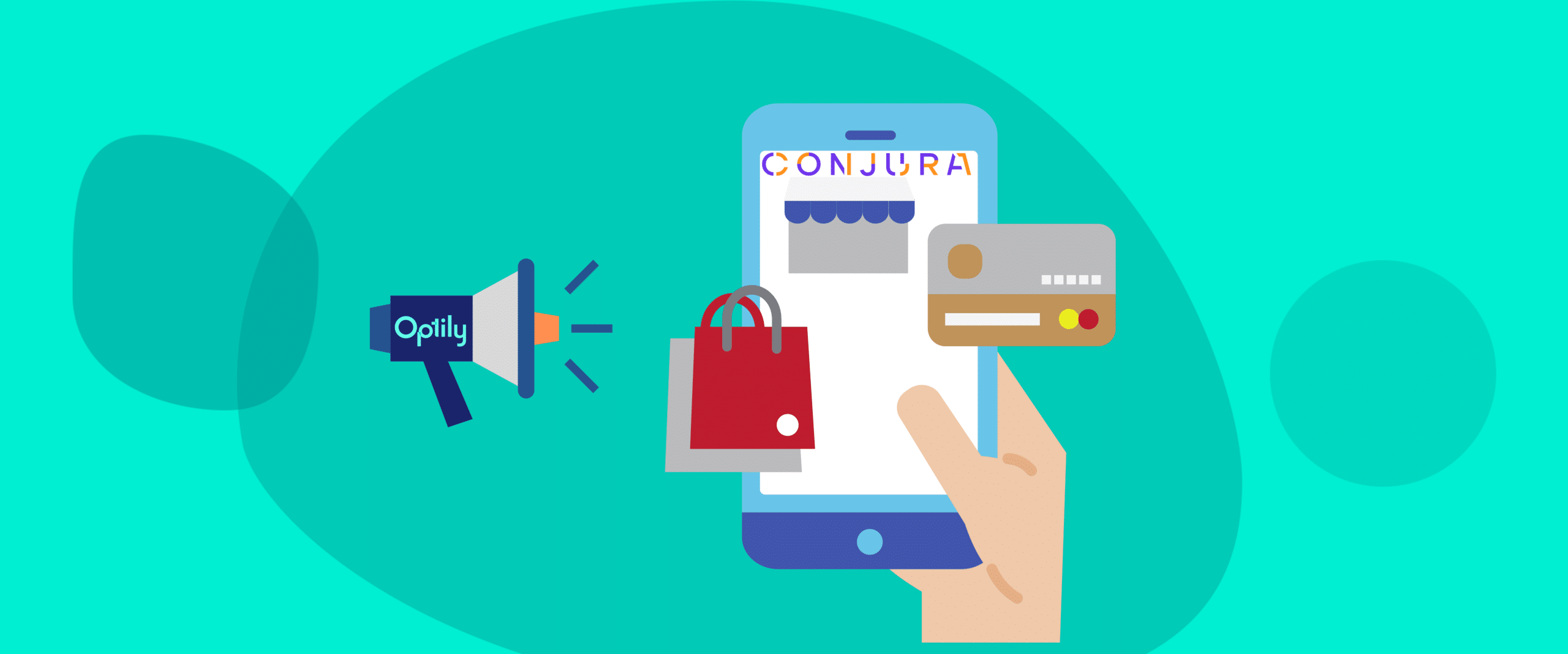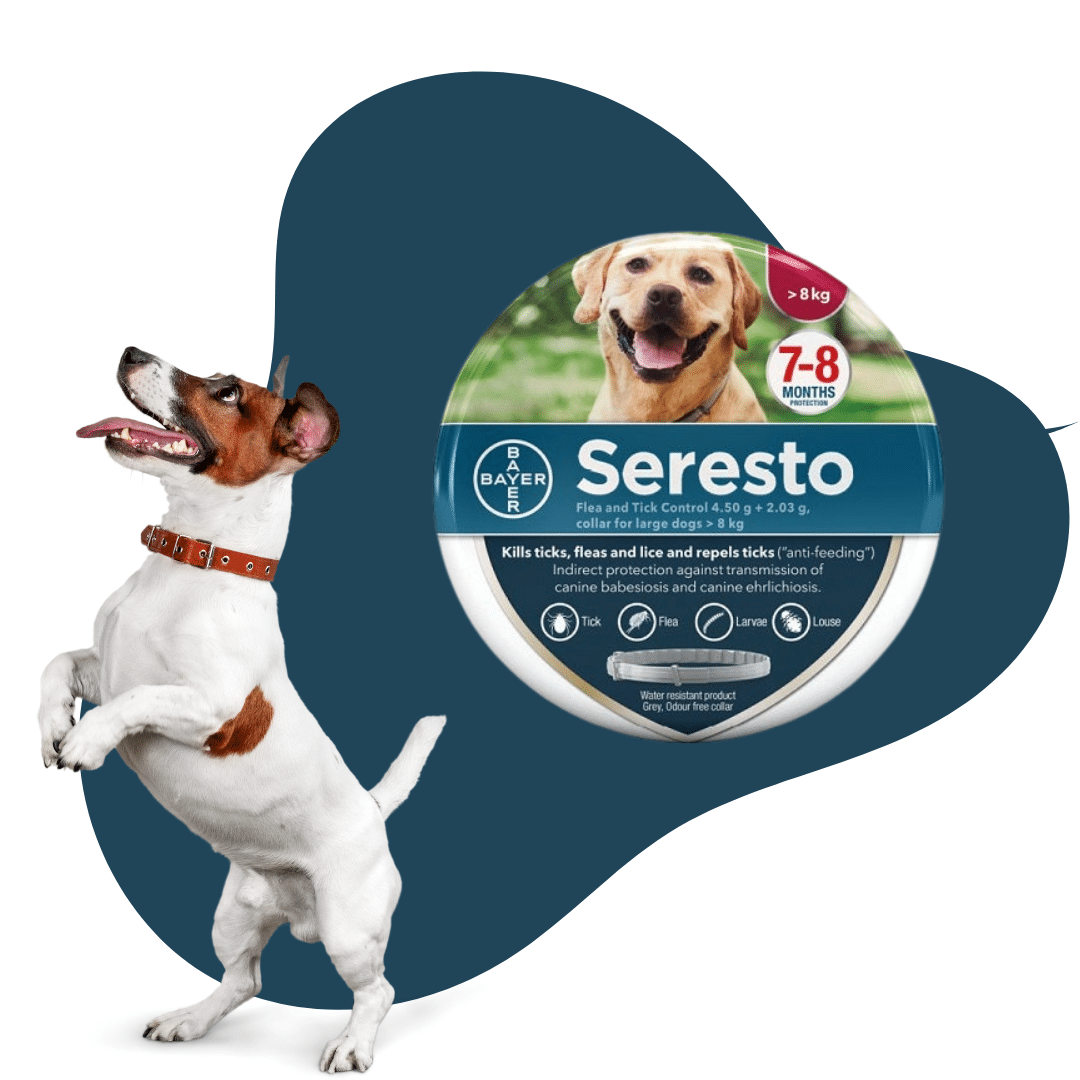The 30-Second Rundown
What? This is a short and sweet guide to developing ideal user personas for your business.
Why? Having a clear image of your ideal customer leads to more effective and accurate advertising.
Will This Affect Me? Yes. All types of businesses should take some time to paint the picture of their perfect customer to keep their marketing strategy aligned.
Here at Optily, don’t waste time; we optimize.
If you have read enough information, fantastic–we’re glad we could help!
If not, please read on for a short yet effective guide on Developing User Personas.
"My favorite device for figuring out who we're selling to is to develop a single or multiple archetypal buyer personas."








